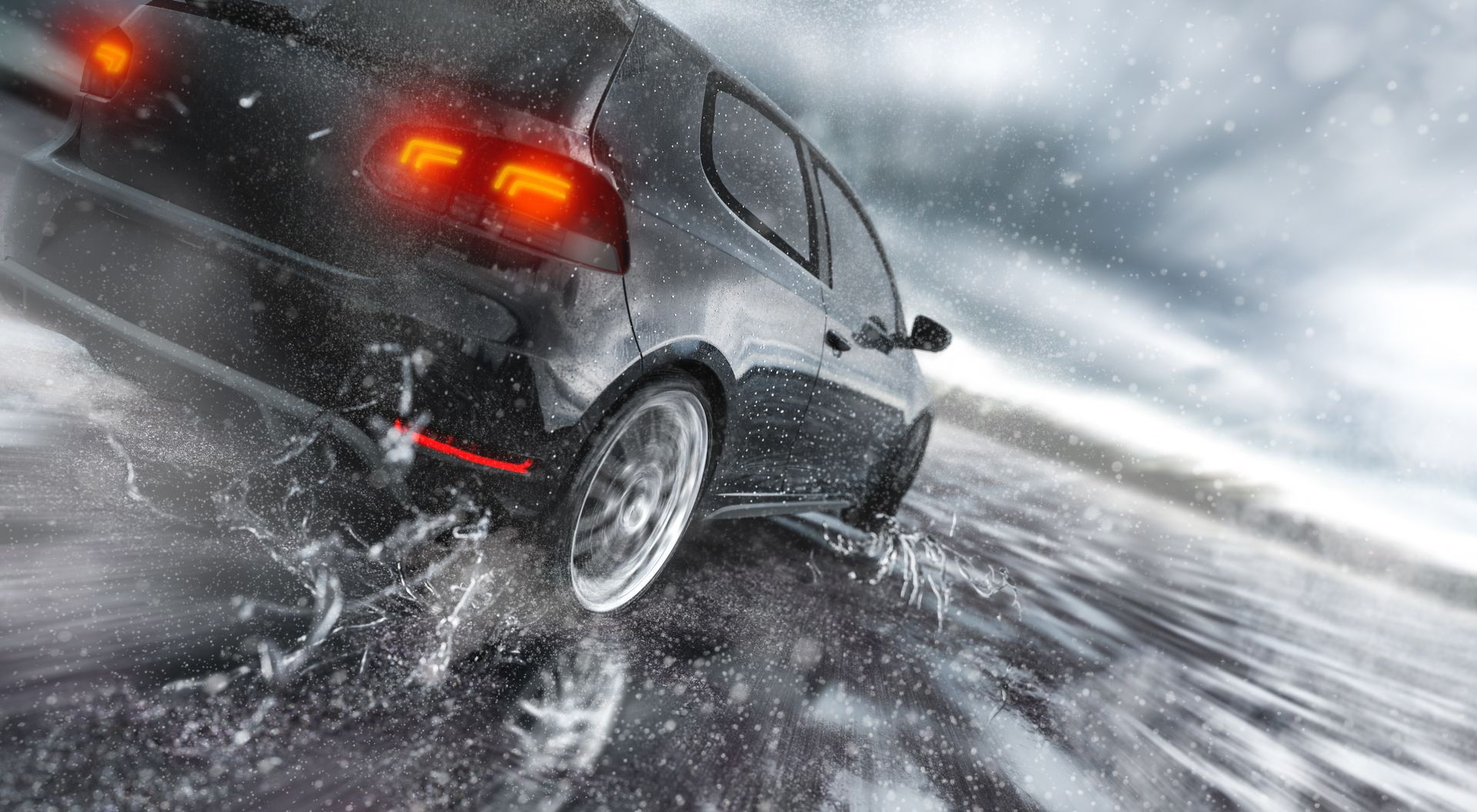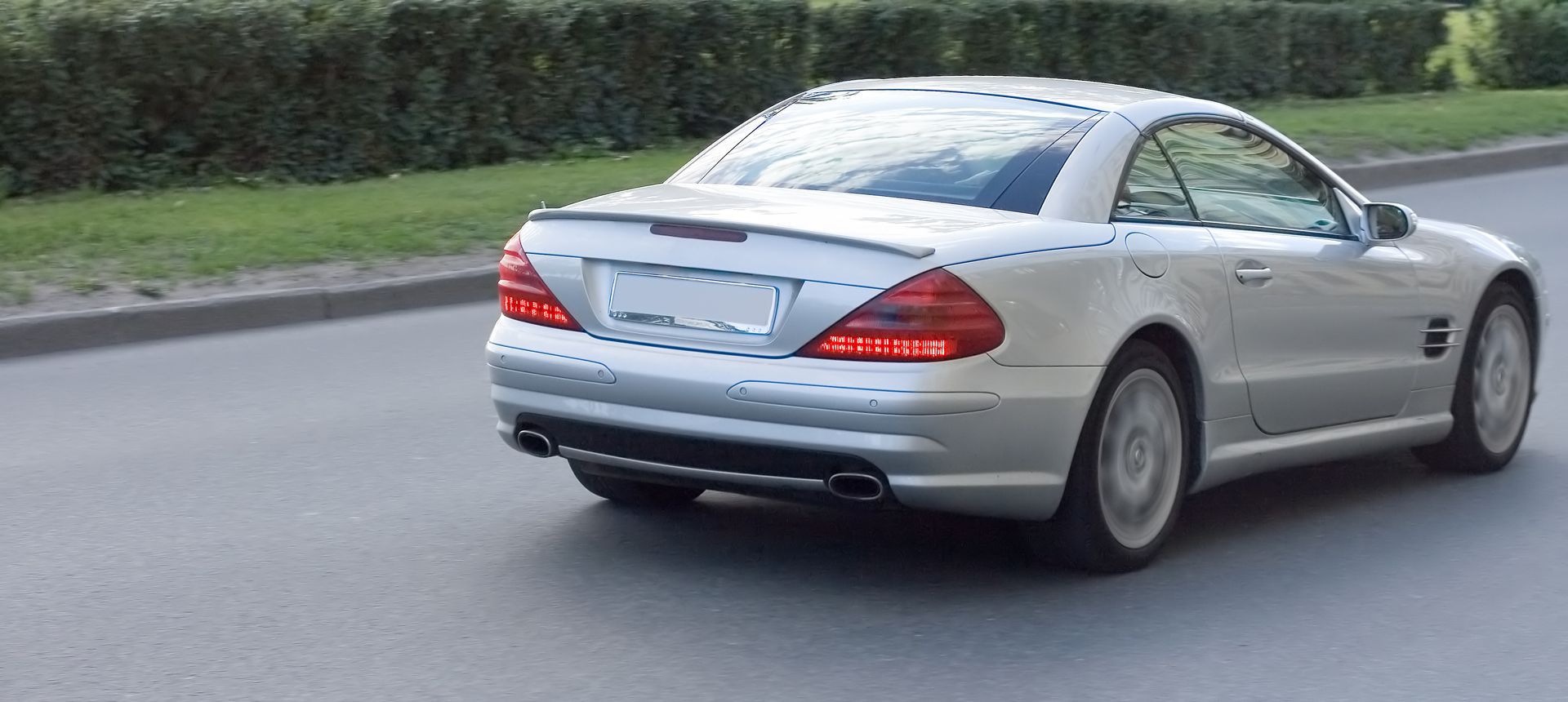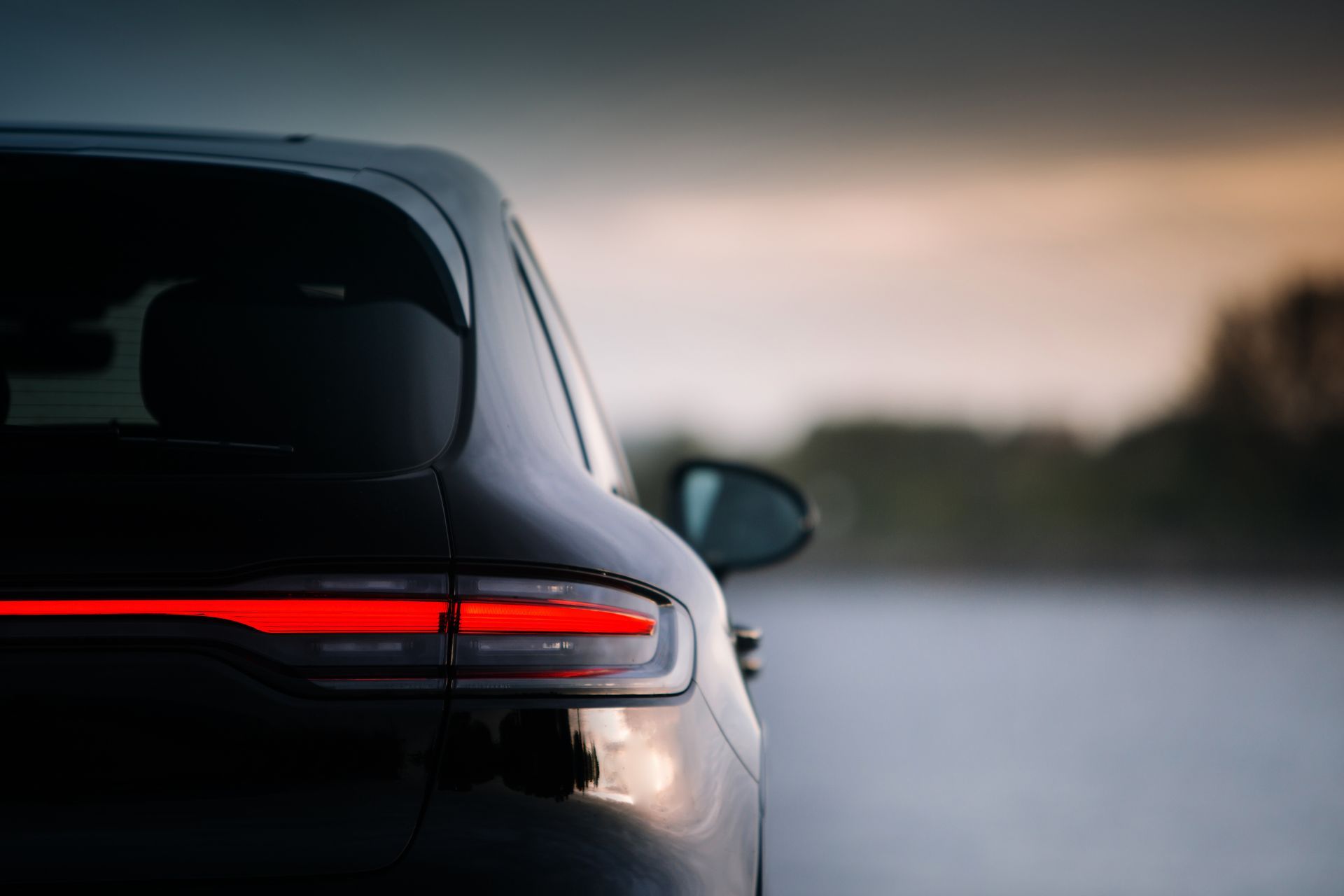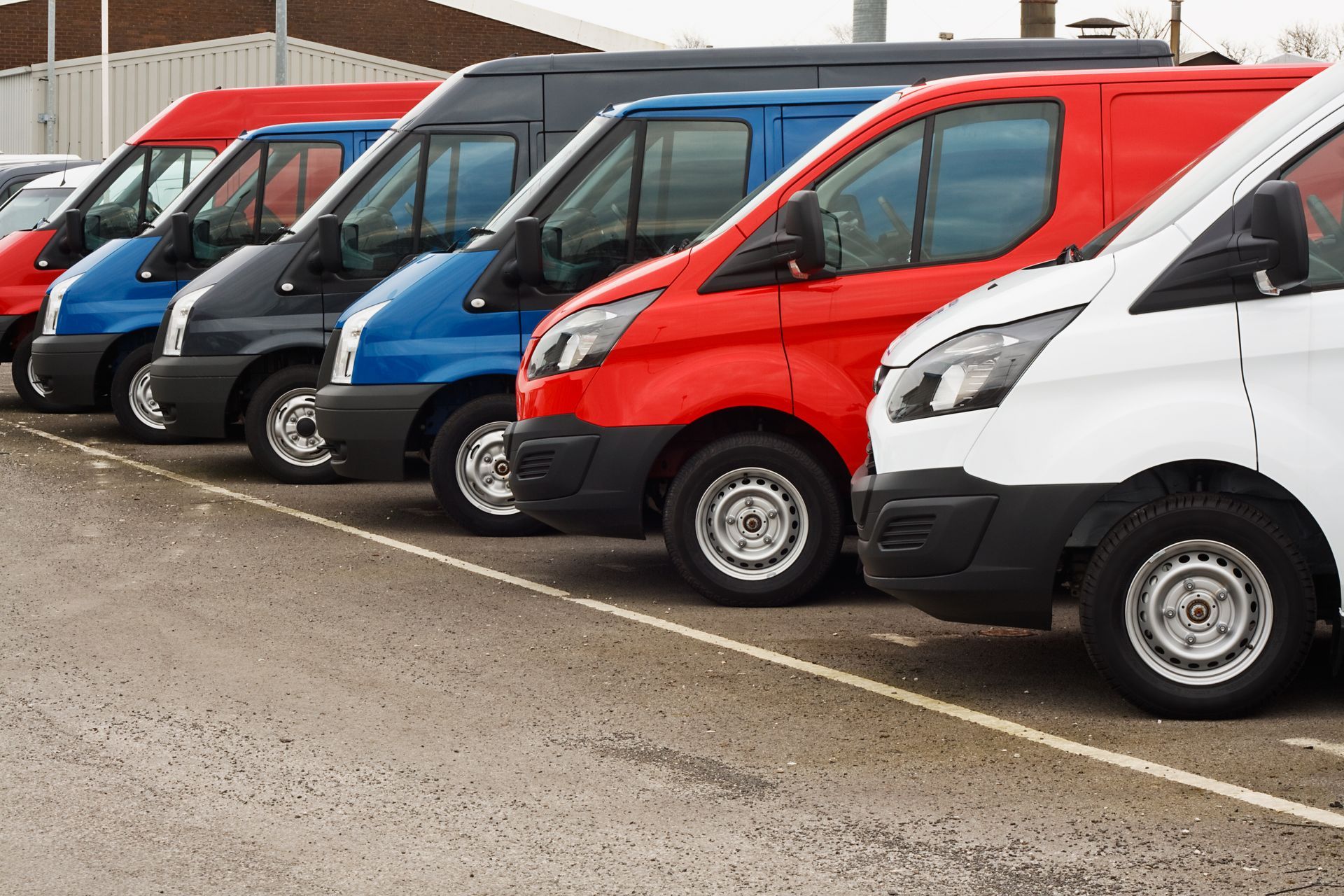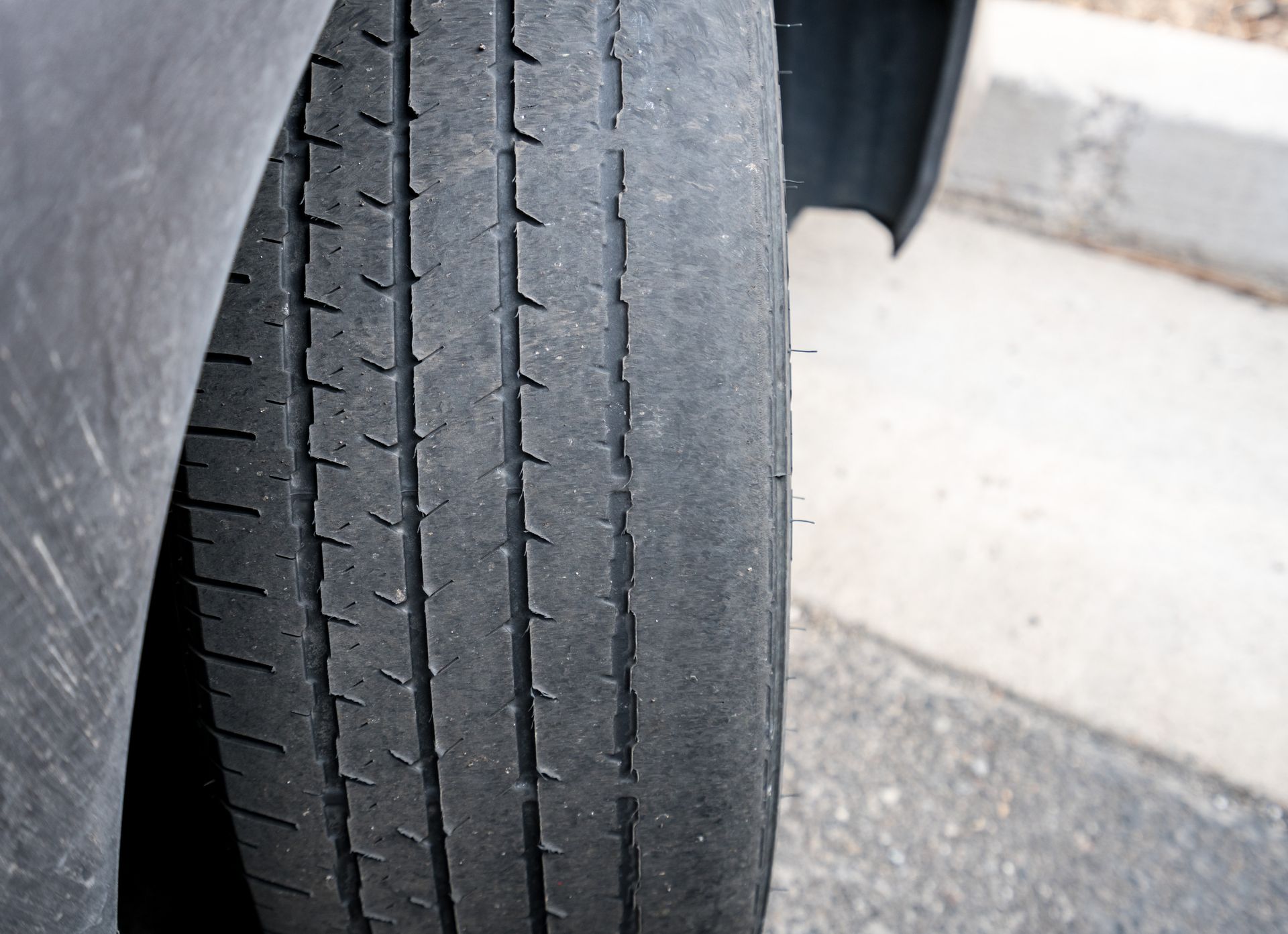Do’s and Don’ts of High Beam Usage
High beams are an essential tool for nighttime driving, providing additional visibility on poorly lit roads. However, using them improperly can not only compromise your safety but also pose a hazard to other drivers. Understanding when and how to use your vehicle’s high beams is crucial for maintaining safety on the road. Here are some key do’s and don’ts to keep in mind when driving with high beams.
The Purpose of High Beams
High beams are designed to illuminate the road far ahead of you, giving you better visibility on dark or rural roads. They are much more powerful than standard low beams, allowing you to see farther and more clearly in low-light conditions. However, when used improperly, high beams can cause discomfort, distraction, or even danger to other drivers. Understanding when to switch them on and off is essential for everyone’s safety.
Do: Use High Beams on Dark, Unlit Roads
One of the best times to use your high beams is when you’re driving on dark, unlit roads. Rural areas, highways, or any location where streetlights are sparse can be difficult to navigate without sufficient visibility. High beams will illuminate a larger portion of the road, including the shoulders, which is especially useful for spotting pedestrians, animals, or other obstacles.
Make sure to adjust your high beams when approaching other vehicles to avoid dazzling the drivers. If no cars are approaching, you can continue using them to maximize your visibility.
Don’t: Blind Other Drivers
Perhaps the most important “don’t” when using high beams is failing to dim your lights when you approach oncoming vehicles. High beams are designed to be very bright, and they can blind other drivers if used improperly. The glare from your lights can momentarily impair their vision and cause them to lose control or make dangerous decisions.
If you’re approaching another vehicle from behind or from the opposite direction, dim your high beams as soon as possible. The general rule of thumb is to switch to low beams when you’re within 500 feet of an oncoming vehicle and about 200 feet when following another vehicle.
Do: Dim Your High Beams When Approaching Traffic
To avoid blinding drivers with your high beams, it’s important to switch to low beams when approaching other vehicles, whether they’re traveling in the opposite direction or ahead of you. The law requires that you dim your high beams to prevent accidents caused by glare.
If you forget to dim your lights, the driver of the other vehicle may flash their headlights to alert you, but it’s much safer for both parties to proactively switch to low beams before this happens. Additionally, if you’re driving behind a car, avoid keeping your high beams on as the bright light in their rearview mirror can be just as distracting.
Don’t: Use High Beams in Foggy, Rainy, or Snowy Conditions
While high beams can be helpful for illuminating the road ahead, they can be counterproductive in certain weather conditions. In heavy rain, fog, or snow, high beams can actually make it harder to see. The bright light will reflect off the water droplets or snowflakes, creating a glare that can obscure your view of the road. In these conditions, use your low beams instead, as they direct light toward the road and reduce the amount of glare.
When driving in adverse weather, it’s also important to slow down, maintain a safe following distance, and increase your alertness, as visibility will be compromised no matter what type of headlights you use.
Do: Keep Your Headlights Clean and Properly Aligned
Dirty or misaligned headlights can reduce the effectiveness of your high beams and even cause unwanted glare for other drivers. Regularly clean your headlights to ensure that they are clear of debris, dirt, and grime. You should also check your vehicle’s alignment to ensure your headlights are pointing in the right direction. If they’re misaligned, they may shine too high or too low, reducing your visibility or blinding other drivers. If you notice that your headlights are out of alignment, have them adjusted by a professional.
Don’t: Overuse High Beams in Well-Lit Areas
While it may be tempting to use your high beams in areas that are dimly lit, it’s important not to overuse them when streetlights are available. Using high beams unnecessarily can be distracting to other drivers and may increase the risk of accidents. For example, when driving in urban areas with sufficient street lighting, there is no need to have your high beams on, as your low beams will provide adequate visibility.
High beams are an essential tool for safe nighttime driving, but they must be used responsibly to ensure that you and others remain safe on the road. By following the do’s and don’ts of high beam use, you can help improve your visibility while also preventing accidents caused by glare and distraction.
If you’re having trouble with your headlights or need a headlight alignment or replacement, turn to MMR Automotive in Decatur, GA. We offer auto repair services, ensuring your vehicle’s lighting and other critical systems are in top condition. Contact us today to schedule an appointment or bring your vehicle in to get its lights checked up.
